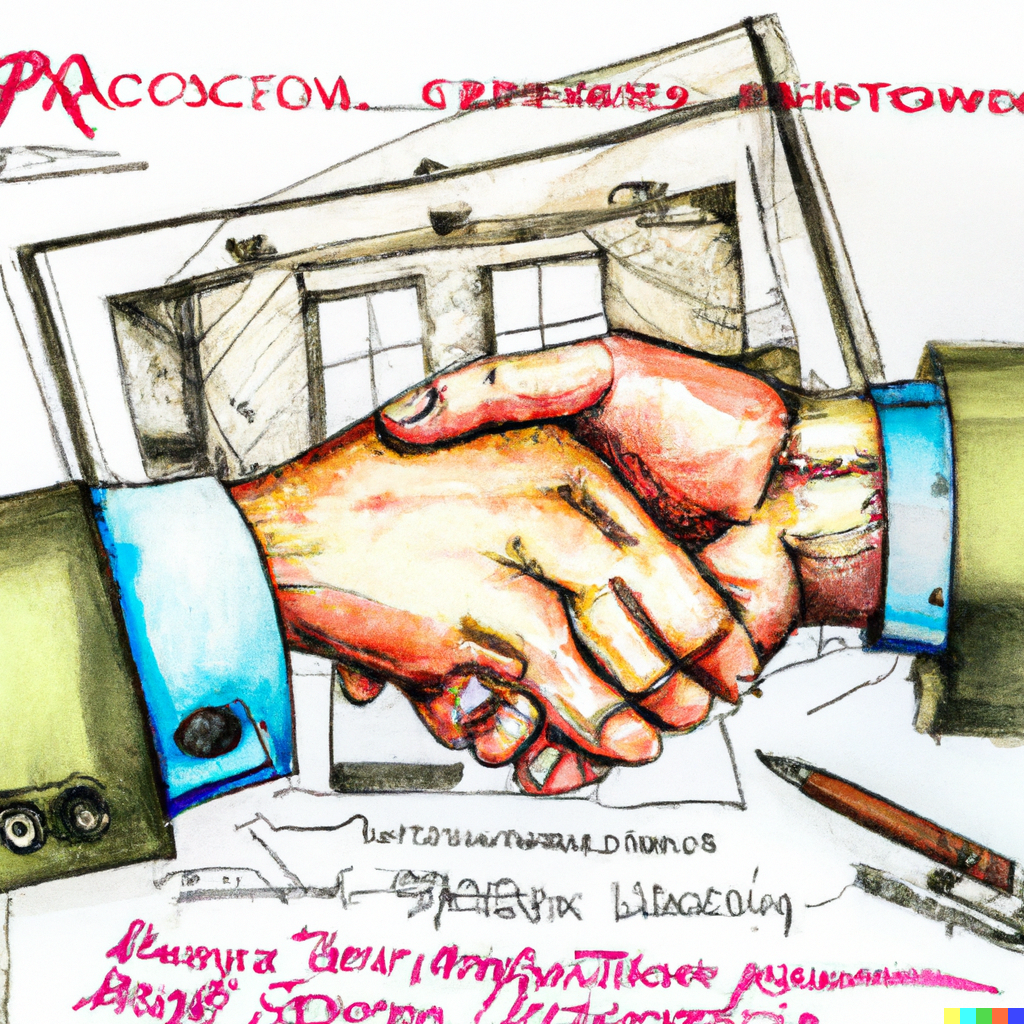Navigating the World of AIA Contract Forms: A Guide for Architects and Owners
When it comes to architect-owner relationships and the design and construction process, the American Institute of Architects (AIA) has developed a set of standard forms to help ensure clear communication and expectations. These contracts serve as a framework for the various roles and responsibilities of the architect and owner, and can be modified to suit the specific needs of a project. In this post, we’ll take a look at four commonly used AIA contract forms and what they entail.
B201–2017: Building Design and Construction Agreement Form
This contract defines the architect’s traditional scope of services for design and construction contract administration in a standard form that the owner and architect can modify to suit the needs of the project. It outlines the architect’s role in the design and construction process, including their responsibilities for coordinating with other project professionals, providing drawings and specifications, and overseeing construction. This contract is often used in traditional design-bid-build projects.
B133–2019: Standard Form of Agreement Between Owner and Architect, Construction Manager as Builder
This contract is used when a large project is being undertaken and the construction manager is acting as a constructor. In this scenario, the construction manager takes on a more active role in the construction process, with responsibilities such as coordinating the work of subcontractors and overseeing construction. This contract clarifies the respective roles and responsibilities of the architect, owner, and construction manager, and ensures that all parties are on the same page in terms of project goals and objectives.
B143–2014:Architectural Services Agreement for Design-Build Projects
This contract is used in large design-build projects when a design-builder hires an architect. In this scenario, the design-builder takes on the role of both designer and builder, with the architect providing design services and working closely with the design-builder to ensure that the design meets the owner’s requirements. This contract defines the respective roles and responsibilities of the architect and design-builder, and outlines the process for resolving any disputes that may arise.
B132-2019: Architect-Owner Agreement for Construction Manager as Adviser Contract
This contract is used when a large project is being undertaken and the construction manager is acting as an adviser. In this scenario, the construction manager provides guidance and advice to the owner and architect, but does not have an active role in the construction process. It also clarifies the respective roles and responsibilities of the architect, owner, and construction manager, and ensures that all parties are on the same page in terms of project goals and objectives.
In conclusion, the AIA contract forms provide a valuable framework for architects and owners to ensure clear communication and expectations throughout the design and construction process. By understanding the different contract forms and the roles and responsibilities outlined in each, architects and owners can work together effectively to deliver a successful project. It’s important to remember that these contracts are flexible and can be modified to suit the specific needs of a project.
 Copyright secured by Digiprove
Copyright secured by Digiprove 



